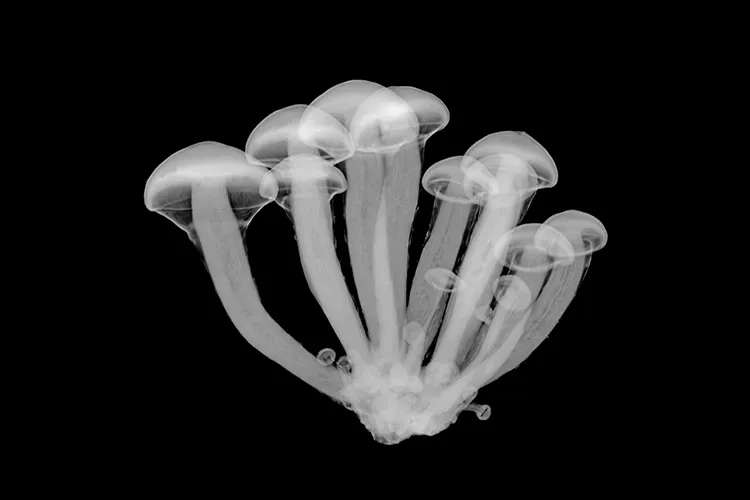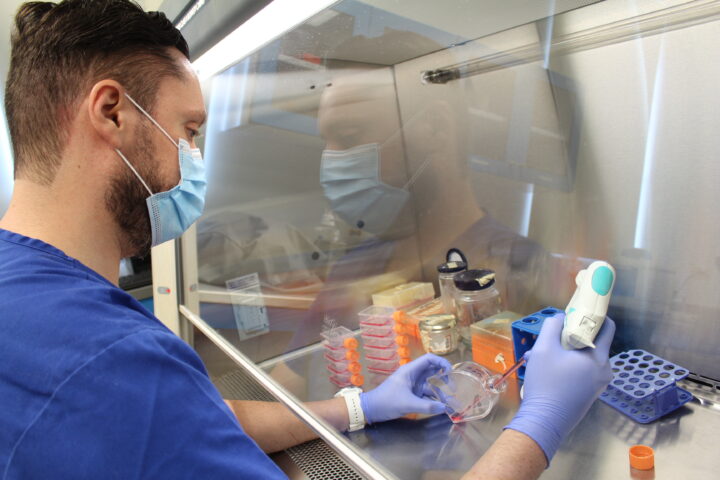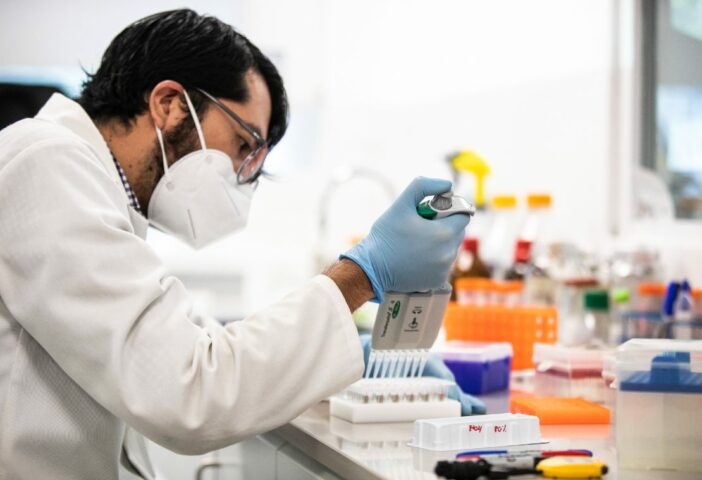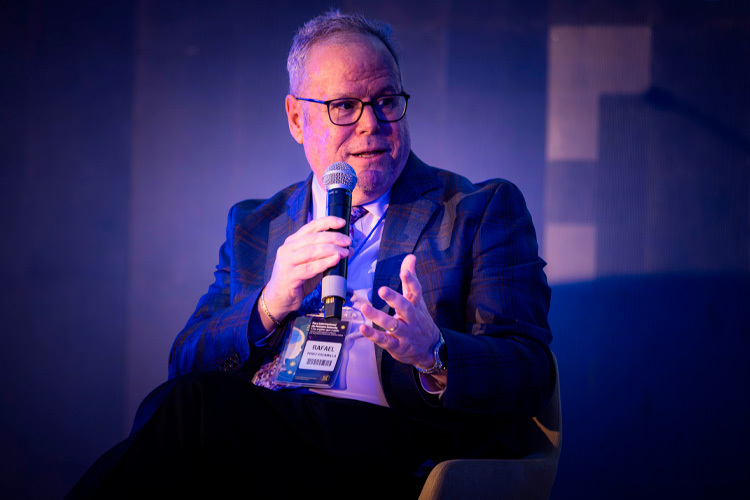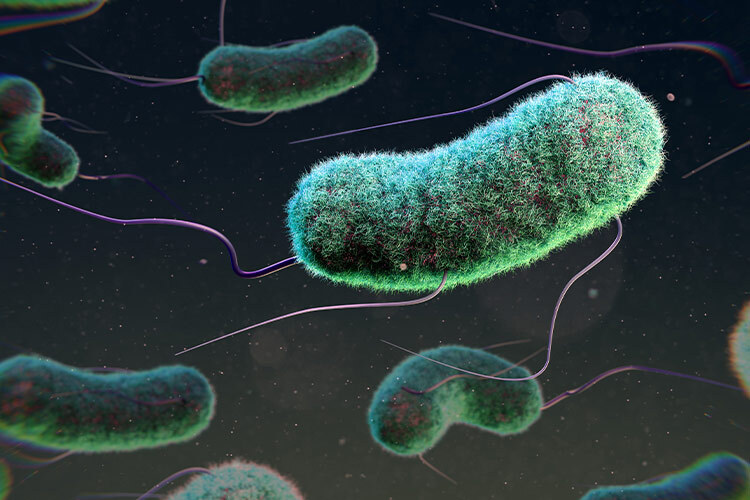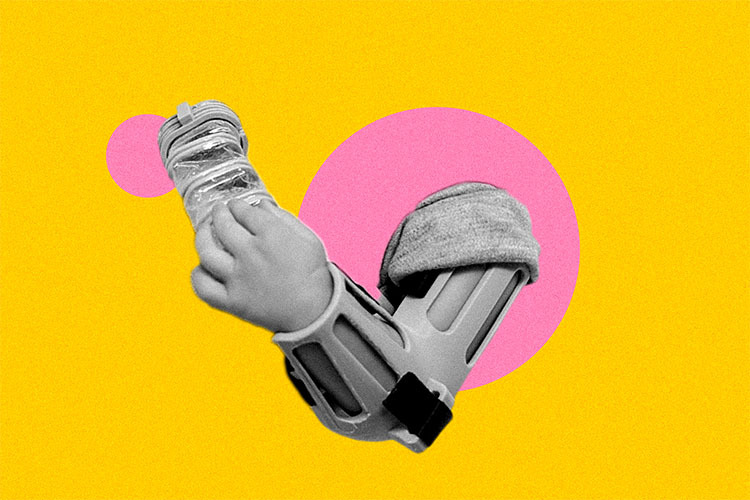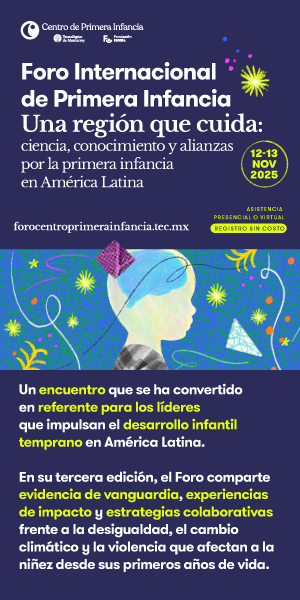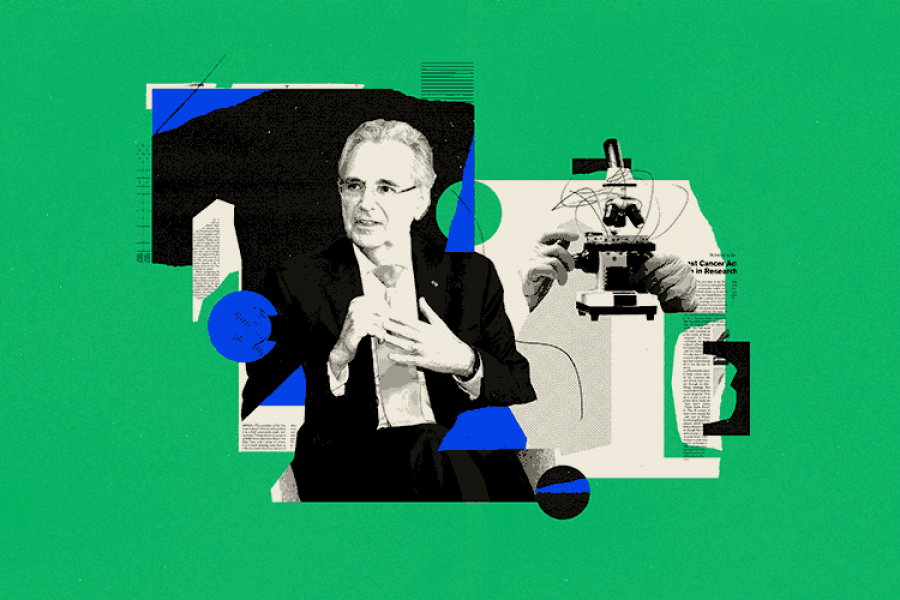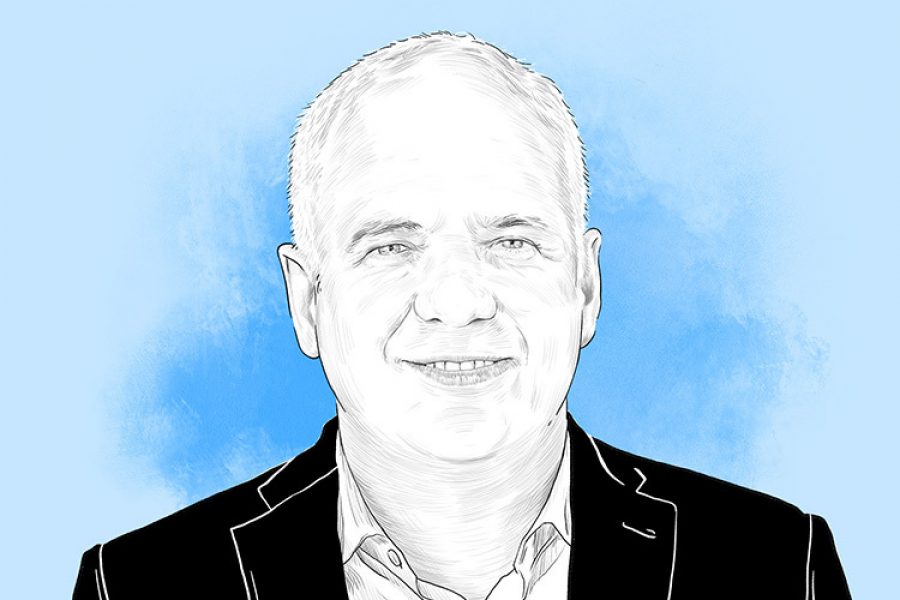In nature, there are compounds present in plants, fungi, and animals that have the ability to alter our minds.
They can induce states in which we see colors we hadn’t seen before and experience sensations that connect us with an unexplored side of our psyche. These could be the key to a new era of treatments for mental illness: psychedelic medicine.
Psychoactive or hallucinogenic substances, when administered in controlled doses, with adequate therapeutic support, have proven to be effective in treating conditions such as major depression, generalized anxiety disorder, substance addiction, and post-traumatic stress.
“What they cause is an expanded state of consciousness where the patient becomes more likely to address important aspects of their life associated with mental illness or trauma,” says Raúl Escamilla, surgeon and psychiatrist at the National Institute of Psychiatry “Ramón de la Fuente Múñiz”, in an interview with TecScience.
Since 2020, scientific studies with psychoactive substances to treat these types of conditions have had a stratospheric boom: in less than three years, dozens of articles have been published, with the participation of scientific institutions around the world that had never done research on psychoactive substances before.
However, in Mexico, progress in said studies has been minimal, largely due to the strong regulations that currently exist.
“The most important limitation right now is that psychoactive substances are classified within group one, which are drugs that have a risk of generating addiction,” says Escamilla.
What are psychedelic drugs used to treat?
Some of the substances studied are MDMA, ketamine, and esketamine, as well as psilocin and psilocybin. The latter are the compounds responsible for the psychoactive effects of psilocybin mushrooms, better known as magic mushrooms.
The term psilocybes is derived from the genus Psilocybe, which classifies around 350 species of fungi that are distributed on all continents except Antarctica. Of these, at least 116 species contain psilocybin.
Until now, although the mechanisms behind their action are not fully known, one of the explanations is that they act on serotonin receptors, particularly 5-HT2A, helping to increase its concentration. This is a neurotransmitter that in low quantities has been associated with conditions such as depression or anxiety.
In addition, it has been proposed that these substances have the ability to alter neuronal connections between certain areas of the brain, helping us change our thinking patterns, which can be obsessive and difficult to break in patients with mental illness.
By inducing an altered state of consciousness, it can prompt us to see our problems or thoughts from a new perspective. There are those who report living an illuminating experience that helped them understand things about themselves they had not been able to understand before and feel compassion for themselves and others.
“These substances can help create new patterns that help us change the way we relate to others and ourselves,” explains Escamilla.
Time to propose new treatments
One of the biggest reasons why psychiatrists and scientists around the world seek to find new treatments for these conditions is the fact that currently antidepressants usually take weeks to take effect and treatments can last many years, even a lifetime.
In addition, there are patients with treatment-resistant conditions who have spent years without finding an effective treatment to restore their well-being. This type of depression affects up to 30% of adults with major depressive disorder.
“The antidepressants that exist, although they are good, are not enough,” says Federico Ramos, psychiatrist, research professor, and director of the Ethics and Clinical Research Committee (CEIC) of the School of Medicine and Health Sciences at Tec de Monterrey, in an interview with TecScience.
Studies from countries such as the United States, the United Kingdom, Australia, and Germany, like the review Dose effect of psilocybin on primary and secondary depression: a preliminary systematic review and meta-analysis, have found that controlled doses of this substance, accompanied by appropriate therapy and follow-up by experts, can reduce the symptoms of treatment-resistant depression in just 24 hours.
Sometimes a single dose may be enough to reduce the symptoms of this type of depression for a period of three weeks.
Additionally, adverse effects, which include headache, nausea, dizziness, and psychosis, usually last only as long as the psilocybin takes effect, which is around three hours and can be controlled by the therapist with verbal guidance.
As if that were not enough, in clinical and preclinical studies, psychoactive substances have not raised warning signs of creating addiction.
“The way that these compounds have been treated seems very unfair to me, I disagree with the stigma around them, leading to them being classified with substances such as cocaine and heroin,” says Escamilla.
The risk of “spiritual ceremonies”
Although the available studies are encouraging, so far they have been carried out in small groups of patients, mainly Caucasian populations, so it is necessary to expand research on the subject in order to have sufficient evidence of its effectiveness and safety for everyone.
Currently, as these substances are prohibited in many countries, people interested in consuming them usually find them in ceremonies with spiritual guides or at parties that distribute them in an unregulated manner.
This, researchers warn, puts people at risk, since its effects can be very strong and generate traumatic experiences in those who consume them. In the best case scenario, they will have a good experience, but their therapeutic potential will not be fulfilled.
In the worst case scenario, the consequences can be severe. “I had a patient who went to an ayahuasca ceremony and had a psychotic break that we treated, it took a year to disappear,” Ramos shares.
The researchers explain that the research protocols that propose their therapeutic use are carefully planned, where a group of experts evaluates whether a person is a candidate for these treatments, ruling out risks such as tendencies towards schizophrenia, psychosis, dissociative states, or risks associated with cardiovascular issues.
Administration occurs in a controlled environment, where a specialist guides the patient before, during, and after consumption to help them process the experience and find meaning in it. Escamilla warns that during these sessions there may be moments that are unpleasant.
To administer psilocybin, researchers turn to pharmaceutical companies that have already extracted and purified the substance and can give an indication of how many milligrams of psilocybin are safe and efficient for a patient, depending on their weight.
For Ramos, using psychedelics as therapy against mental disorders is comparable to surgery: a balance must be made between risks and benefits. “With appendix surgery there are obvious risks, but sometimes the risk is worth it, because the benefit is greater,” says the researcher.
The first research protocol with psychedelics in Mexico
In Mexico, these types of compounds have been part of the traditional medicine of indigenous peoples since ancient times. With characters like María Sabina, psychedelic medicine gained strength in the 60s, but with the restrictions on psychoactive substances, it was extinguished in the 70s.
Although the country has a great biodiversity of psilocybin mushrooms and ancestral knowledge, their therapeutic properties have been little studied in a scientific context and to date there is no approved treatment that includes them.
“Mexico has the potential to position itself as a leader in psychedelic medicine,” says Escamilla.
With this in mind, the researcher and his group at the National Institute of Psychiatry designed a research protocol to test the efficacy and safety of the mushroom Psilocybe cubensis, as an alternative to treat major depressive disorder.
In August 2023, it became the first psychedelic medicine protocol published in Mexico. The researcher emphasizes that although it is a great achievement, they still have to process paperwork and authorization from the country’s regulatory authorities, and they need to get enough funding to carry out their study.
He and his group are hopeful that this is the first step in opening the door to psychedelic medicine in the country. “We hope that many more proposals will come and that at the same time, the General Health Law can be modified to decriminalize, destigmatize, and legalize psilocybin mushrooms as therapeutic alternatives,” he says.
For him, it is clear that people are already using them and will continue to do so. “The best thing is to accept it and develop enough evidence so that they can do it safely,” concludes Escamilla.
